
?anakkale -1915
¥18.56
anakkale Sava üzerine zellikle son yllarda yazlan kitaplarda doru ve dürüst yaklamlara da, cehaletin, aymazln, tarihe ihanetin ve yalann bin bir türlüsüne de rastlamak mümkün… ylesine aknlk yaratacak rnekler var ki... Kimisi, deniz savalar (18 Mart) ile Gelibolu’daki kara savalarn (25 Nisan) kronolojik olarak ayrt edebilecek bilgiden bile yoksun! ünkü gerei ideolojiye kurban etmeyi kafaya koymular bir kere… Tek ama, her ne pahasna olursa olsun anakkale’den Mustafa Kemal’in adn silip atmak… Mustafa Kemal’in ad gemesin, Mustafa Kemal o baardan pay almasn yeter! Varsn verdikleri tarihler de, saylar da, ordularn muharebe düzenleri de yalan-yanl olsun, ne kar! Meydan bo zannedilmesin... te polemik konular, yalanlar, iftiralar ve tarihi gerekler... --- YAZAR ZGEM----- Tayfun AVUOLU (1964 / …) Uluda niversitesi Eitim Fakültesi Alman Dili Anabilim Dal (1985) mezunu. renciyken 1983 yl balarnda Türk Haberler Ajans (THA) Bursa Bürosu’nda muhabirlie balad. Bursa’daki yerel gazeteler Hkimiyet, Olay, Bursa hkimiyet ve Kent gazetelerinde muhabir, istihbarat efi, haber müdürü, yaz ileri müdürü olarak alt. Bursa hkimiyet ve Bursa Haber gazetelerinde genel yayn ynetmenlii grevinde bulundu. Halen Bursa yerel basnndaki almalarn sürdürüyor. ada Gazeteciler Dernei (GD) Bursa ubesi’nde iki dnem (1997-2001) bakanlk yapan Tayfun avuolu, Bursa Gazeteciler Cemiyeti’nde (BGC) bir dnem (2009-2012) ynetim kurulu üyeliinde de bulundu. Basn meslek rgütlerinden ok sayda dül de alan, sürekli basn kart sahibi Tayfun avuolu, ngilizce retmeni Nesrin avuolu ile evli olup, Altu ve Alper’in babasdr. lk kitab “anakkale 1915, ftiralar, Yalanlar, Polemikler”, 2014’ün ubatnda Kasta Yaynevi (stanbul) tarafndan yaynland.
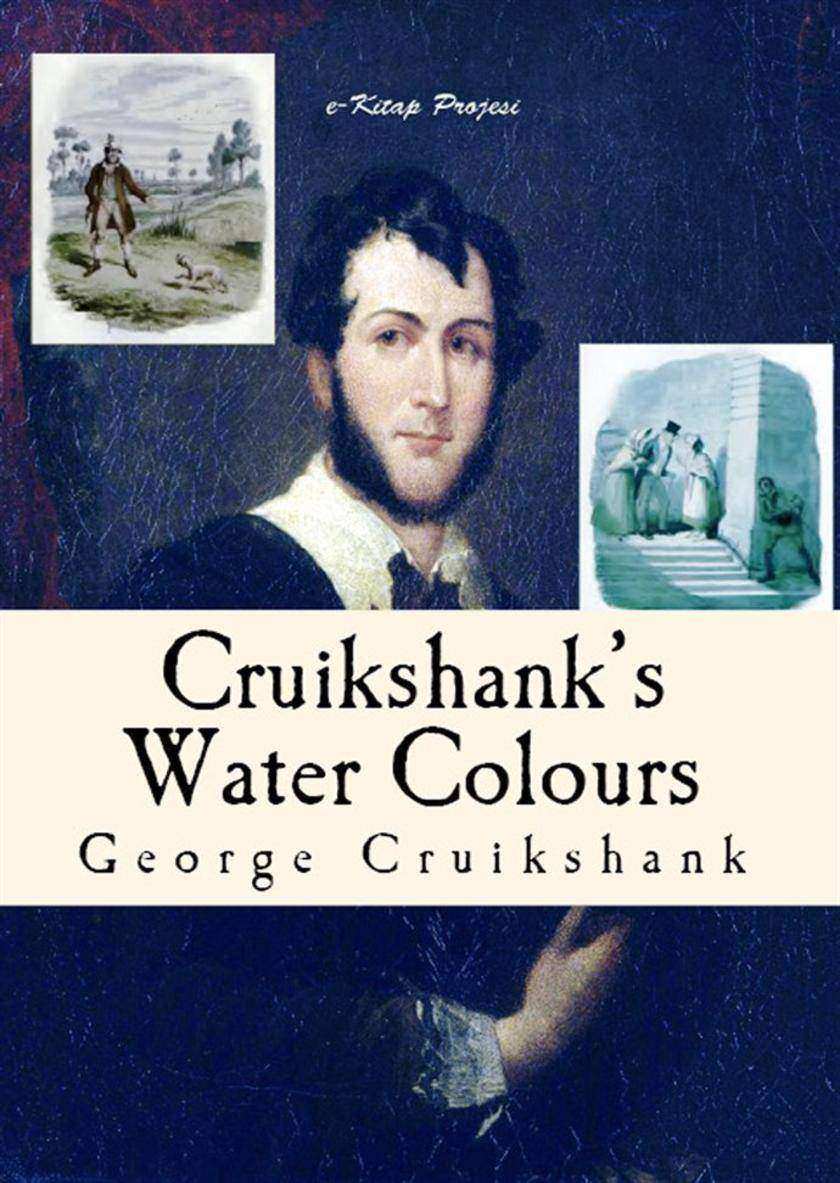
Cruikshank's Water Colours
¥27.88
It is fair to characterise the three suites of original water-colour drawings, as executed by our artist, as unique examples of the great George Cruikshank's special individual proficiency as an exponent of this branch of technical dexterity. More-over, it may be regarded as a fortunate circumstance that the three works, here reproduced with amazing fidelity in facsimile, represent happily the very chefs d'oeuvre of his wonderful productions; in their respective categories, preserving the best examples of his remarkable genius as an imaginative creator of vivid pictures, alike stirring and animated, and representing at one glance his vast dramatic powers, his mastery of the humorous side of life, and the intensity he was consistently able to infuse into terrible and tragic scenes. It is noteworthy that the inimitable artist George Cruikshank but rarely pro-duced finished water-colour drawings; the bulk of his prolific and familiarly rec-ognised designs for book illustrations were mostly dainty pencil sketches, occa-sionally finished in pen and ink. It is a problem difficult to solve satisfactorily whether, beyond the three memorable instances of the works here reproduced in facsimile, there are in existence any other complete suites of original illustrations by George Cruikshank—that is to say, fully executed by his master hand as finished water-colour drawings. Tinted sketches may be found in the prized possessions of Cruikshank collectors, and spirited studies for many of his favourite and most successful subjects have been cleverly touched in with watercolours; for instance, such as certain of his original drawings as designed for the illustrations of Harri-son Ainsworth's Tower of London, and the clever historical and picturesque series of Windsor Castle designs; these are, however, to be regarded as exceptional cases, for the bulk of these most successful and popular designs were carefully executed in pencil, or occasionally outlined with the pen, and highly finished with washes of warm sepia. It is worthy of recollection that Cruikshank was a most dexterous artist in this monochrome branch, his earlier artistic experiences having been al-most exclusively in the walk of aqua-tinted etchings; all his early book illustrations, his caricatures, and satirical plates—social or political—were uniformly etched by his hand in the most spirited fashion, after his ready sketches and rough studies, and when the outline etching was bitten in, Cruikshank elaborately worked out his colour suggestions, for light and shade, with a brush over the first-etched outline, in tones of sepia or Indian ink, for the guidance of the professional 'aquatinters'—the school of artists to whose trained skill was entrusted the task of completing these plates to produce the effect of highly finished washed drawings in mono-chrome. By this, his youthful practice, George Cruikshank had acquired remarka-ble dexterity, his original pen-and-ink designs, and the outline etchings, after his earlier book illustrations, being worked up in monochrome to the dainty finish of delicate miniatures, in which art both his father Isaac and his brother Isaac Robert were first-class proficients, as he himself has recorded with pride in describing the special gifts and qualifications which distinguished the Cruikshank family. ? ABOUT THE AUTHOR; George Cruikshank (1792 – 1878) was a British caricaturist and book illustrator, praised as the "modern Hogarth" during his life. His book illustrations for his friend Charles Dickens, and many other authors, reached an international audience. Cruikshank was born in London. His father, Isaac Cruikshank, was one of the leading caricaturists of the late 1790s and Cruikshank started his career as his father's apprentice and assistant. His older brother, Isaac Robert, also followed in the family business as a caricaturist and illustrator. Cruikshank's early work was caricature; but in 1823, at the age of 31, he started to focus on book illustration. He illustrated the first, 1823 English translation (by Edgar Taylor and David Jardine) of Grimms' Fairy Tales, published in two volumes as German Popular Stories. On 16 October 1827, he married Mary Ann Walker (1807–1849). Two years after her death, on 7 March 1851, he married Eliza Widdison. The two lived at 263 Hampstead Road, North London.Upon his death, it was discovered that Cruikshank had fathered 11 illegitimate children with a mistress named Adelaide Attree, his former servant, who lived close to where he lived with his wife. Adelaide was ostensibly married and had taken the married surname 'Archibold'.
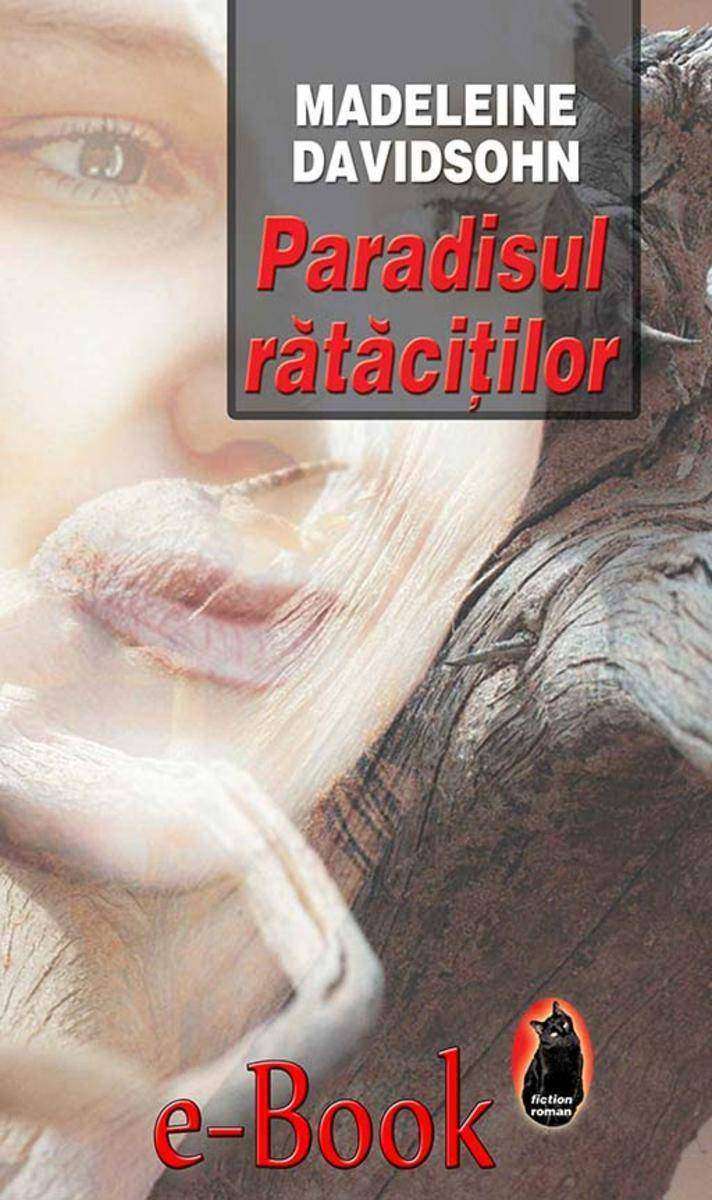
Paradisul r?t?ci?ilor
¥57.14
Despre Europa s-a vorbit mult, ?n special din perspectiva social? ?i economic?, ?ns? tema nu a fost dezb?tut?, a?a cum s-ar fi cuvenit, de pe pozi?ia culturii. Cartea Mituri ?i legende ale antichit??ii propune studii eseistice referitoare la baza culturii europene. Eseurile ne invit? s? g?ndim ?mpreun? Europa din perspectiva singurului factor care une?te – cultura.

Eugène Delacroix
¥33.11
Pour bien comprendre la portée de l'intervention et de l'influence de l'?uvre de Delacroix dans l'école fran?aise, il est nécessaire de se rappeler la situation exacte de la peinture au moment où il parut.??La Révolution avait brutalement traité les ma?tres du XVIIIème siècle finissant. ?prise d'un sévère idéal gréco-romain, dont déjà Vien avait donné des exemples et que David allait porter à son apogée, la génération jacobine avait considéré les peintres légers et délicieux du règne de Louis XVI comme les bénéficiaires de la corruption luxueuse des nobles et des fermiers généraux, et elle les avait rejetés dans le même mouvement d'injuste fureur. Fragonard mourait oublié, chassé de son logis des galeries du Louvre. Hubert Robert échappait gr?ce à une erreur à l'échafaud. Greuze mourait dans la misère noire. On ne parlait plus de Chardin. Un Latour se vendait quelques francs. ??L'?Embarquement pour Cythère?, peint par Watteau pour son entrée à l'Académie, y était criblé de boulettes de papier m?ché par les élèves de David, neveu de Boucher dont ils parlaient en de tels termes, qu'il était obligé, par pudeur, d'excuser à leurs yeux son oncle. Les gravures de Cochin, de Lépicié, de Choffard, de Lavreince, des Saint-Aubin, de Debucourt, de Gravelot, d'Eisen, allaient s'ensevelir dans les soupentes de quelques brocanteurs, et on attendrait quatrevingts ans avant de les rechercher pour les couvrir d'or. Un siècle s'effondrait. Son go?t exquis, sa morale profondément naturelle et humaine, son libéralisme sceptique, tout lui était imputé à vice et à crime. On rêvait d'un art moralisateur, que Greuze avait préparé aux applaudissements de Diderot par ses scènes familiales et son ingénuité bourgeoise, mêlée de libertinage hypocrite. ??On voulait un art héro?que, sévère, propre à élever les consciences. David apparut l'homme d'une telle ?uvre, et créa d'un seul effort la réaction d'une esthétique néo-romaine, d'une peinture con?ue d'après la statuaire antique, et toute consacrée à des expressions de sentiments cornéliens. La discipline de cette école fut plus dure encore que celle imposée, centvingtcinq années auparavant, par Louis XIV, Le Brun et l'école de Rome. Plus de recherches de la nature, plus de gr?ce, plus de vérité, plus de coloris, mais simplement un art allégorique, pompeux, aride, éloigné de la vie et tout entier construit sur des théories, un art aussi opposé que possible au tempérament fran?ais.
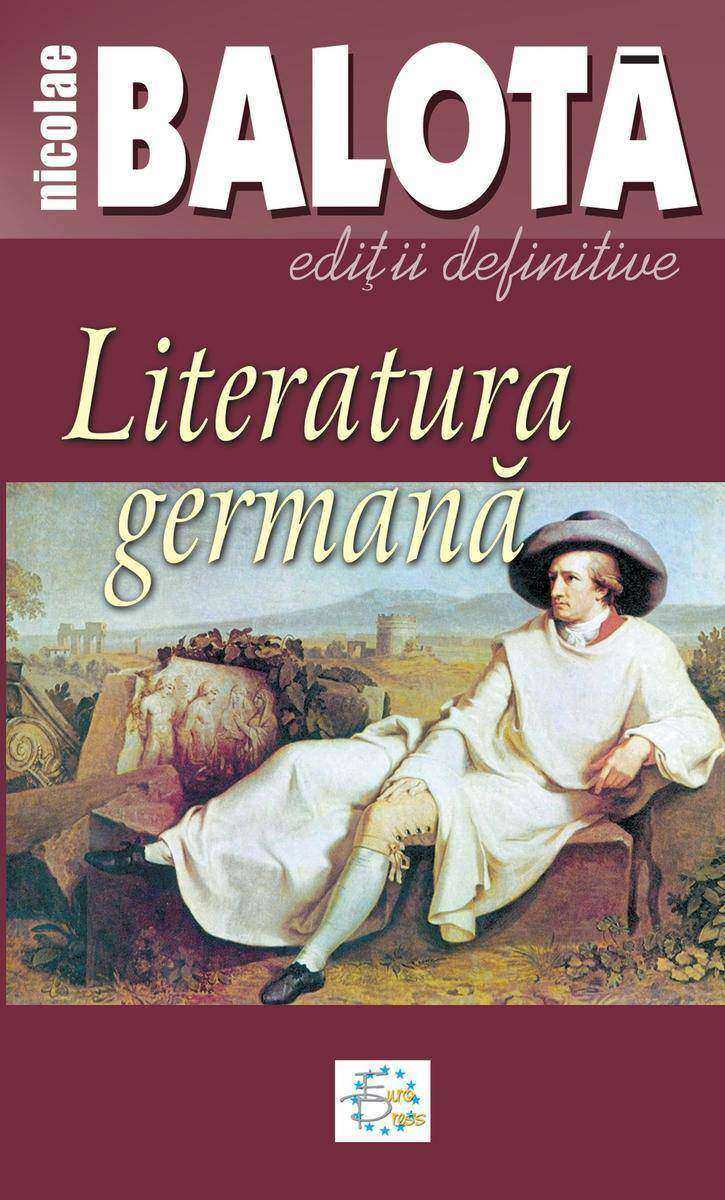
Literatura german?. De la Sturm-und-Drang la zilele noastre
¥96.47
Cartea abordeaz? o tem? important?, care nu a f?cut obiectul unei cercet?ri distincte ?n istoriografia rom?neasc?, mai ales perioada 1948-1955. Autorul a analizat evolu?ia elitei politice na?ional-??r?niste ?i na?ional-liberale ?n ?ntreg intervalul 1945-1955 … Ponderea cea mai mare o ocup? activitatea represiv? a guvernan?ilor care, ?n anii 1947-1950, au desf??urat o ampl? ac?iune de arestare a tuturor adversarilor regimului … Urm?rind simultan, potrivit criteriului cronologic, ?ntregul tablou al situa?iei interna?ionale, al activit??ii guvernamentale, al vie?ii interne a partidelor analizate, al ac?iunii liderilor politici etc … lucrarea se dovede?te a fi temeinic documentat? ?i realmente original?.
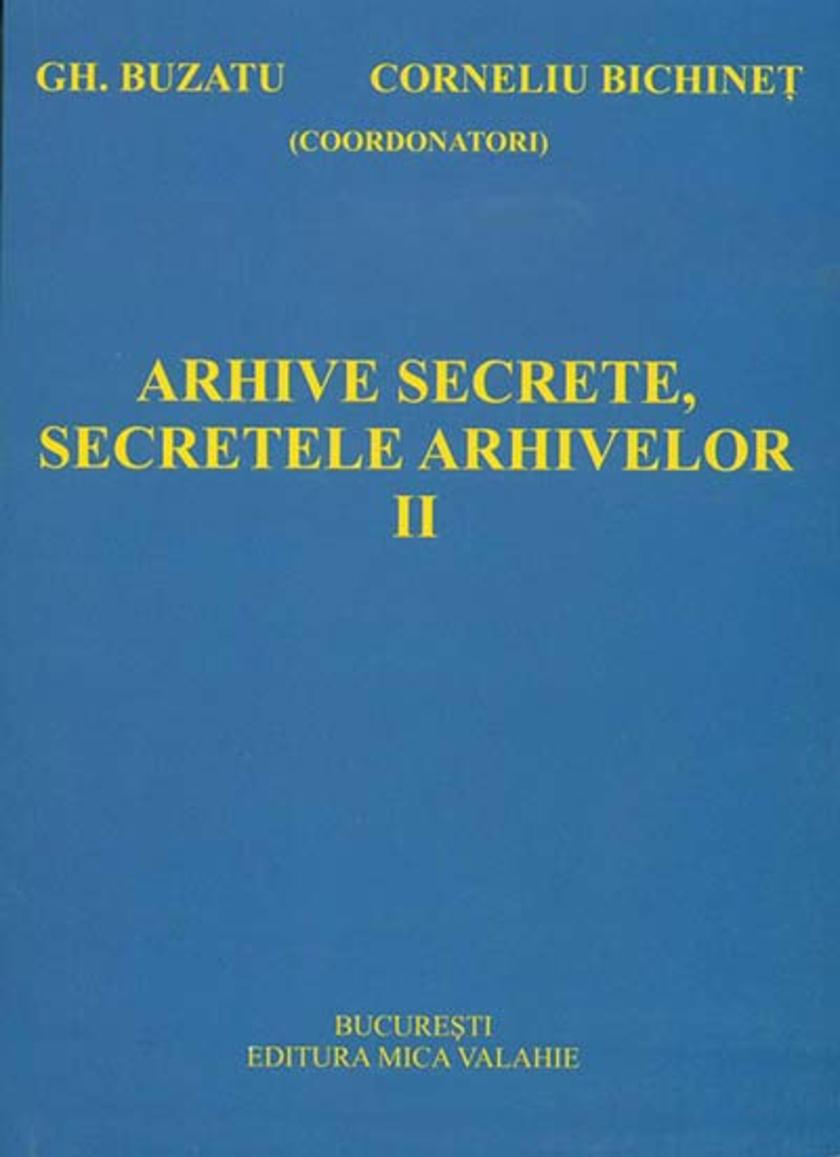
Arhive secrete, secretele arhivelor. Vol. 2
¥106.19
Lucrarea vizeaz? o tem? de actualitate – brandul de ora?, oferind un cadru teoretic al acestui nou concept de marketing, completat de o parte aplicativ? divers?, care ?i-a propus s? identifice ?i s? completeze eforturile autorit??ilor locale ?n aceast? direc?ie.
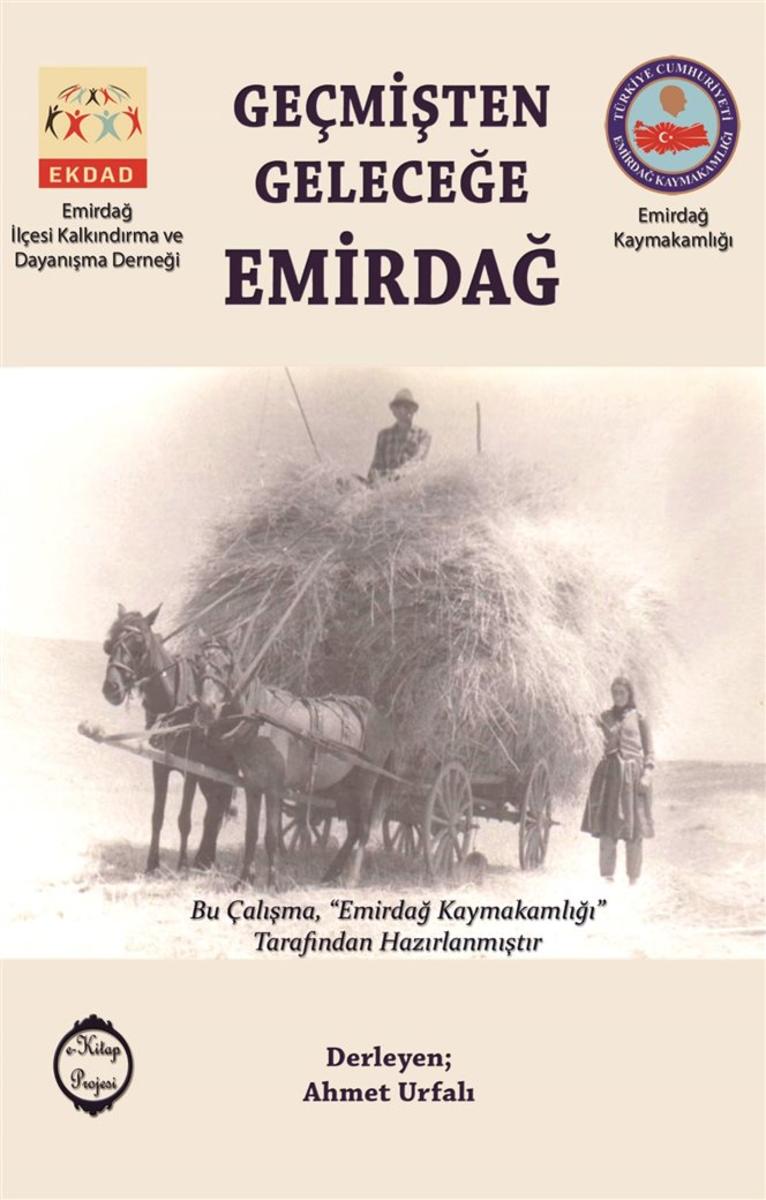
Ge?mi?ten Gelece?e Emirda?
¥9.24
Foto?raf makinesi, insan o?lunun en ?nemli icatlar?ndan biridir. Bir foto?raf, ‘’an’’ denilen k?sac?k bir zaman?n tan???d?r. Ancak onda bir tarihi yakalamak da mümkündür. Bu bak?mdan foto?raf? sadece g?rsel bir obje olarak g?rmemek gerekir. Bakmas?n? bilenler i?in foto?raf; tarih, sosyoloji, psikoloji, kültürel yap?, sosyal de?i?im… konular?n ?nemli ip u?lar? i?erir. Foto?raf; g?rüp g?sterme, ger?e?i g?rünür k?lma, ger?e?i kavratmad?r. Her foto?raf?n bir dili vard?r. O dili anlayabilenler, nice güzellikleri ke?federler. Foto?rafta sadece g?rüneni de?il, g?sterilmek isteneni de bilmek ve alg?lamak gerekir. Her foto?raf bir ‘’an’’? yakalasa da onun i?inde sakl? bir hik?ye bulunur. Foto?raf, g?rselli?iyle beraber; topluma, zamana, mekana ve bireylere ili?kin bilgi ve belgelerle doludur. Foto?raf bireylerin ve toplumun aynas?d?r. Bu albüm-kitapta siz kendinizi bulacaks?n?z. Mahalleniz, k?yünüz, hat?ralar?n?z, akraba ve dostlar?n?z burada, sizin kar??n?zda olacakt?r. Sizleri ‘’Ge?mi?ten Gelece?e Emirda? ‘’ gezintisine ??kar?yoruz. Bu albüm-kitap Emirda?’?n tarihi süre? i?inde ge?ti?i a?amalar? da yans?tarak, gelece?imize ???k tutacakt?r. Emirda?’?n sosyal de?i?imini kitapta g?rmek mümkündür Foto?raflar grupla?t?r?larak okuyucuya kolayl?k sa?lanm??t?r. Genel, askerlik, ?ar??-pazar, bayramlar, spor, e?itim, tar?m-hayvanc?l?k, otobüs?ülük, aile, k?yler, ?ehreler, g??, yayla, bina-yap?lar, milli mücadele ve yat?rlara ait foto?raflar bir araya toplanm??t?r. “Ge?mi?ten Gelece?e Emirda?”?n olu?mas?nda eme?i ge?en, katk? sa?layan tüm Emirda?’l?lara te?ekkür ederim.. ? Ak?n A?CA Emirda? Kaymakam?
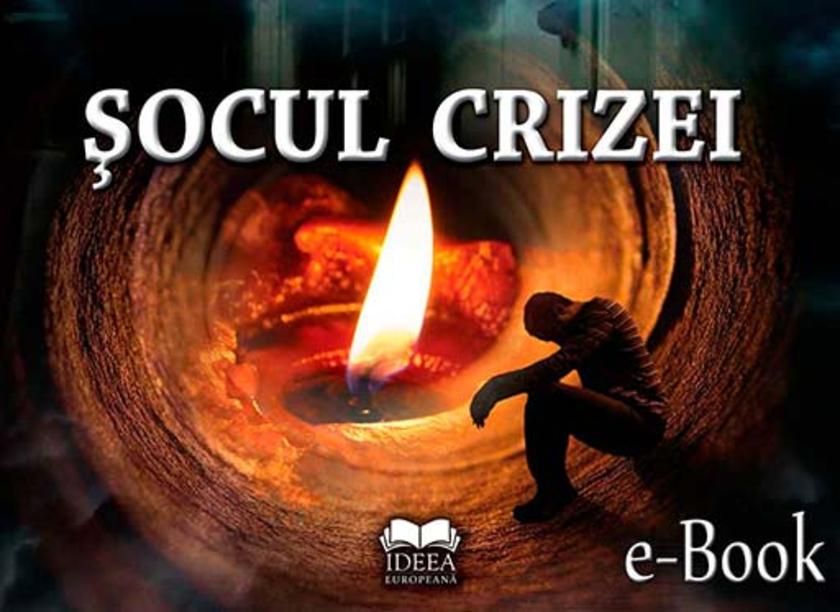
?ocul crizei
¥65.32
Inchizi?ia spaniol?, poate cea mai temut? institu?ie din istoria omenirii, a fost ?nfiin?at? ?n 1478 de Regii Catolici, Ferdinand ?i Isabella, ?i abolit? abia ?n 1834, odat? cu R?zboaiele Napoleoniene. Spre deosebire de Inchizi?ia medieval? din restul Europei, cea din Spania ?i Portugalia s-a r?sp?ndit ?n coloniile iberice din Asia, Africa ?i America de Sud, ajung?nd s? terorizeze, timp de peste trei secole, nu mai pu?in de patru continente.Care au fost ?ns? motivele ?nfiin??rii ei? De ce provoca at?ta team?? Cine erau victimele torturate ?i arse ?n autodafeuri? Toby Green readuce la via?? aceast? perioad? a istoriei cu ajutorul uria?ei arhive inchizitoriale p?strate ?i prezint? nenum?rate cazuri judecate de Sf?ntul Oficiu, de la arhiepiscopi la oameni obi?nui?i, victime inocente ale unui sistem diabolic. De?i ?nsp?im?nt?toare, aceste pove?ti sunt un exemplu al rezisten?ei spiritului uman ?n fa?a absurdului ?i a r?ului. Toby Green ne dezv?luie mecanismele prin care pot ap?rea persecu?ia ?i teroarea, dar ?i felul ?n care pot fi evitate. Inchizi?ia este un avertisment venit din trecut, o lec?ie a istoriei pentru noi to?i!

Progressive Secular Society
¥63.67
A progressive secular society is one committed to the widening of scientific knowledge and humane feeling. It regards humanity as part of physical nature and opposes any appeal to supernatural agencies or explanations. In particular, human moral perspectives are human creations and the only basis for ethics. Secular values need re-affirming in the face of the resurgence of aggressive supernatural religious doctrines and practices. This book gives a set of 'secular thoughts for the day' - many only a page or two long - on topics as varied as Shakespeare and Comte, economics, science and social action.

101 Things You May Not Have Known About Snooker
¥24.43
Are you a snooker fan? Do you play regularly? Are you familiar with the rules and terminology of snooker? Would you like to know more about the professional players who make the game look so easy? If you answered yes to any of these questions you won't want to be without 101 Things You May Not Have Known About Snooker.Do you know how snooker got its name, who is the only player so far to have won the world title at junior, amateur and professional level or which five players have achieved a maximum 147 break at the World Professional Snooker Championships? This fascinating new book has the answers, along with everything you ever wanted to know about snooker, including all the top snooker players past and present, their nicknames, history of the game, championship winners and losers and much more.This book is a must-have for all those who enjoy watching or taking part in this game of skill and would like to learn more about the professional circuit.
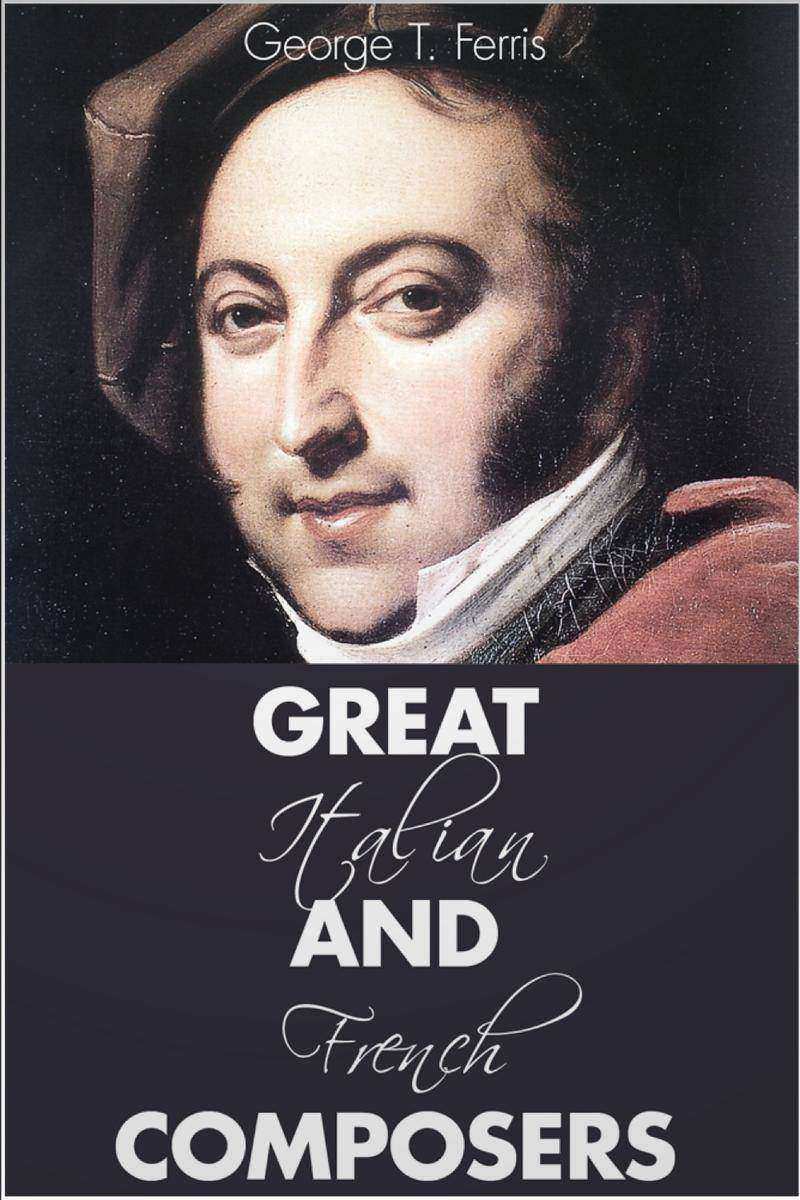
Great Italian and French Composers
¥19.52
A fascinating look at several famous composers from Italy and France, including Rossini, Verdi, Berlioz and Cherubini.

Life Starts Now
¥88.19
Maria Lawson rose to fame on the hit TV show The X Factor in 2005 but had already enjoyed some success as a singer/songwriter prior to this, having secured a recording and publishing contract through her own efforts and determination to break into the music industry. Life Starts Now follows Maria's journey from hopeful unknown, through the audition process and beyond to her appearance on a major national television show, taking the reader behind the scenes to find out what really goes on inside the hit show. This fascinating autobiography documents Maria's early life and explains how this ambitious young girl from a humble background fulfilled her dream of TV stardom and recording success. In this honest and heart warming account, Maria explains how she coped with the transition from obscurity to a life in the limelight only to come close to losing everything she worked so hard to achieve. More recently, Maria has emerged stronger than ever, having overcome past setbacks to release an exciting second album Emotional Rollercoaster and has secured a record deal with a new label. The birth of her son has meant that she now has to fit her busy schedule around her most important role as a mother. This book is not only an inspirational story, proving that it is possible for anyone to achieve their dreams, it is also a practical self help guide offering pregnancy and life skills advice based on Maria's own experiences as an artist, businesswoman and new mum.

101 Amazing Facts about The Orchestra
¥19.52
What is special about the double bass compared to all other string instruments? What is the difference between a xylophone and a glockenspiel? How long is the tubing that makes up a trumpet? And what is the name of the world's oldest surviving violin? All of these questions and more are answered in this introductory guide to the instruments featured in the modern symphony orchestra. With sections covering strings, brass, woodwind, percussion and keyboard instruments, as well as additional information about the history and structure of the orchestra, this is a fascinating book for children and adults alike.
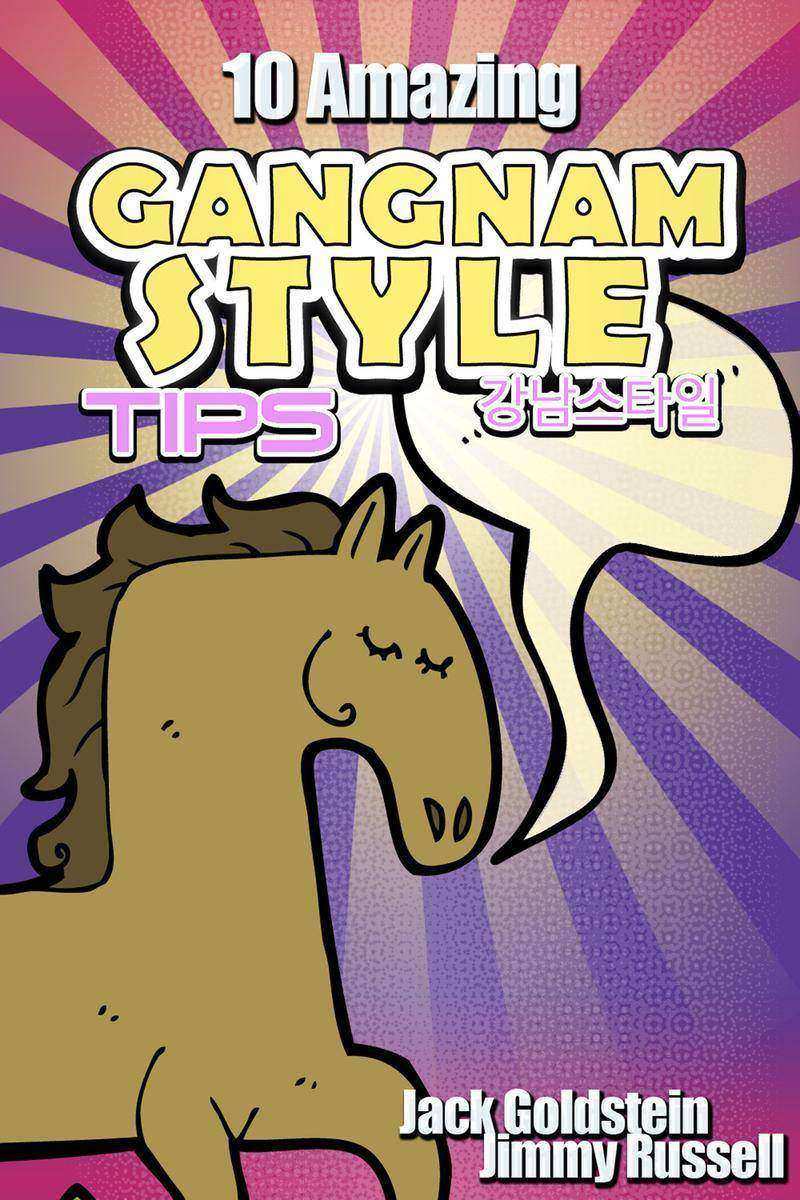
10 Amazing Gangnam Style Tips
¥19.52
So, you want a bit of Gangnam Style do you? You've heard that it's what all the cool kids have and you want a bit of it? It's recently come to your attention that there's this horse dance as well, yes? Right, this is the book for you. Within these (digital) pages are ten amazing tips which will help you get that all-important Gangnam Style. You too can be like PSY! Find out what Gangnam Style is, how to display it in public, and of course what to do once you've got it. Don't take it too seriously though, otherwise you won't have any Gangnam Style.

101 Amazing Facts about Clowns
¥19.52
From ancient Egypt to the modern-day circus, the role of the clown can be traced throughout history. But how much do you really know about the profession that takes comedy very seriously? This fascinating book takes the reader on a journey through the ages, explaining how clowns such as the whiteface and auguste came to be. You'll read about history's best-loved performers such as Joseph Grimaldi, the father of modern clowning, and learn about the origin of terms used today such as the 'clown alley'. If you want to know why blue make-up is supposed to bring bad luck, and who the literary world's first ever killer clown was, then this is the book for you.
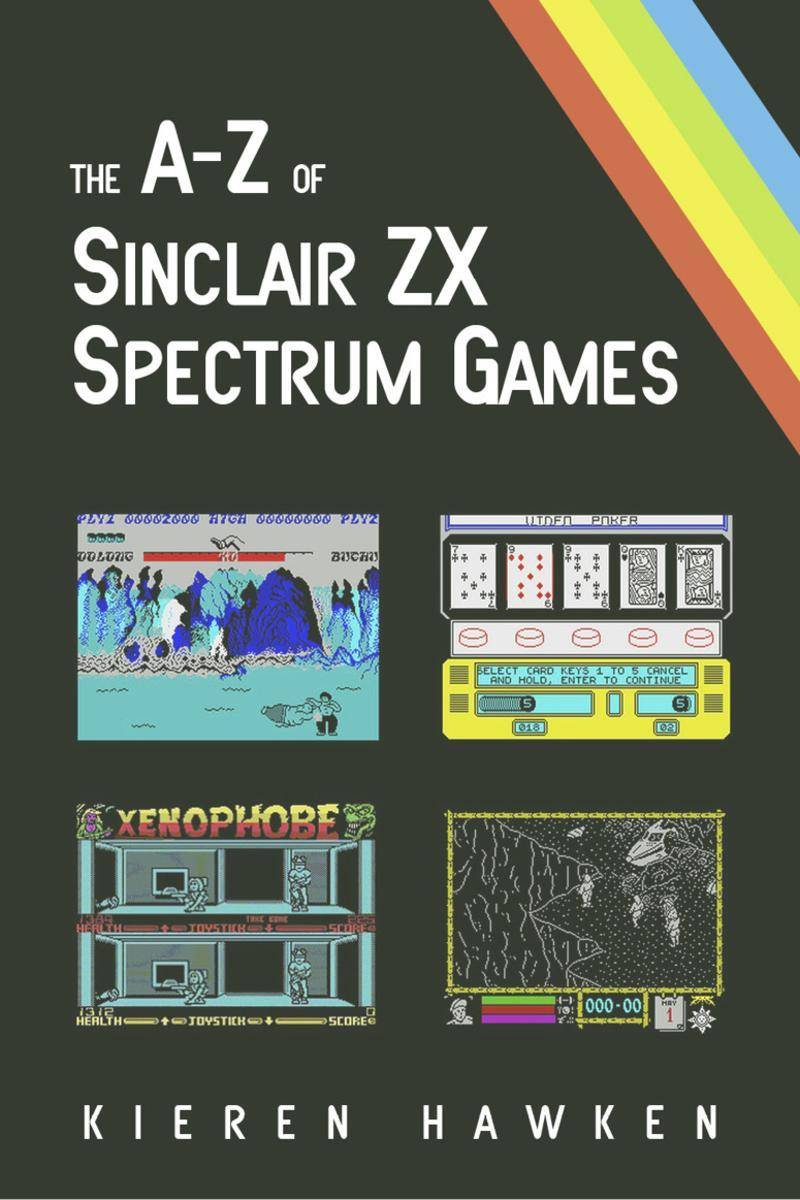
A-Z of Sinclair ZX Spectrum Games - Volume 1
¥19.52
The A-Z of Sinclair ZX Spectrum Games: Volume 1 features reviews of three different games for each letter of the alphabet. The games range from the very earliest releases at the start of the eighties to the modern homebrew games of today. This book shows you just how diverse the library of titles is for the ZX Spectrum and how it became one of the popular computers of all time.

A-Z of Sinclair ZX Spectrum Games
¥19.52
The A-Z of Sinclair ZX Spectrum Games: Volume 2 features reviews of three different games for each letter of the alphabet. The games range from the very earliest releases at the start of the eighties to the modern homebrew games of today. This book shows you just how diverse the library of titles is for the ZX Spectrum and how it became one of the popular computers of all time.

Study in Sherbet
¥19.52
In this humorous Sherlock Holmes spoof, our hero is once again joined by his friend and colleague, Dr. John H. Watson and together they set out to try and solve the mystery of the extraordinary sugar disappearances sweeping the United Kingdom. Sound boring? Well, yes it does actually, but things are not always what they seem and in this newly-discovered narrative discovered in a dispatch box from the vaults of Cox & Co., London, we find Holmes at his deductive best. Dr. Watson chips in every now and then and Mrs. Hudson displays her true colours. Along the way there are cameo appearances by Inspector Lestrade and Wiggins of the Irregulars and of course it would not be complete without Holmes' arch-nemesis, Professor James Moriarty showing up. A hardboiled, sugar-free detective tale of adventure and intrigue.

101 Amazing David Beckham Facts
¥19.52
Are you a fan of football legend David Beckham? Do you know everything there is to know about the world-famous free kick specialist and fashion icon? Then this is the book for you! In this easy-to-digest eBook are 101 facts about your favourite sports star - do you know all of them?Test yourself and your friends with these handily-packaged facts easily organised into categories for maximum enjoyment. Sections include his upbringing, his football career and his wife, former Spice Girl Victoria.

Justin Bieber Quiz Book
¥24.43
Are you Justin Bieber's number one fan? Have you charted the Canadian teenager's meteoric rise to fame from YouTube discovery to global megastar? Do you think you know everything there is to know about the worldwide phenomenon that is Justin Bieber? If so, this quiz book will soon find out if there are any gaps in your knowledge. Do you know Justin's favourite food and drink, his super power wish or the name of the person who discovered him in 2008? Can you name all the instruments that he can play or reel off of the many awards Justin has won? The answers to all these questions and more can be found in this quiz book. With 100 fascinating facts about your favourite pop star, including many personal details such as his height and shoe size, you are bound to discover something new. This tribute to Justin Bieber is as informative as it is entertaining and is a must-have reference guide for all fans of the multi-talented teen idol.
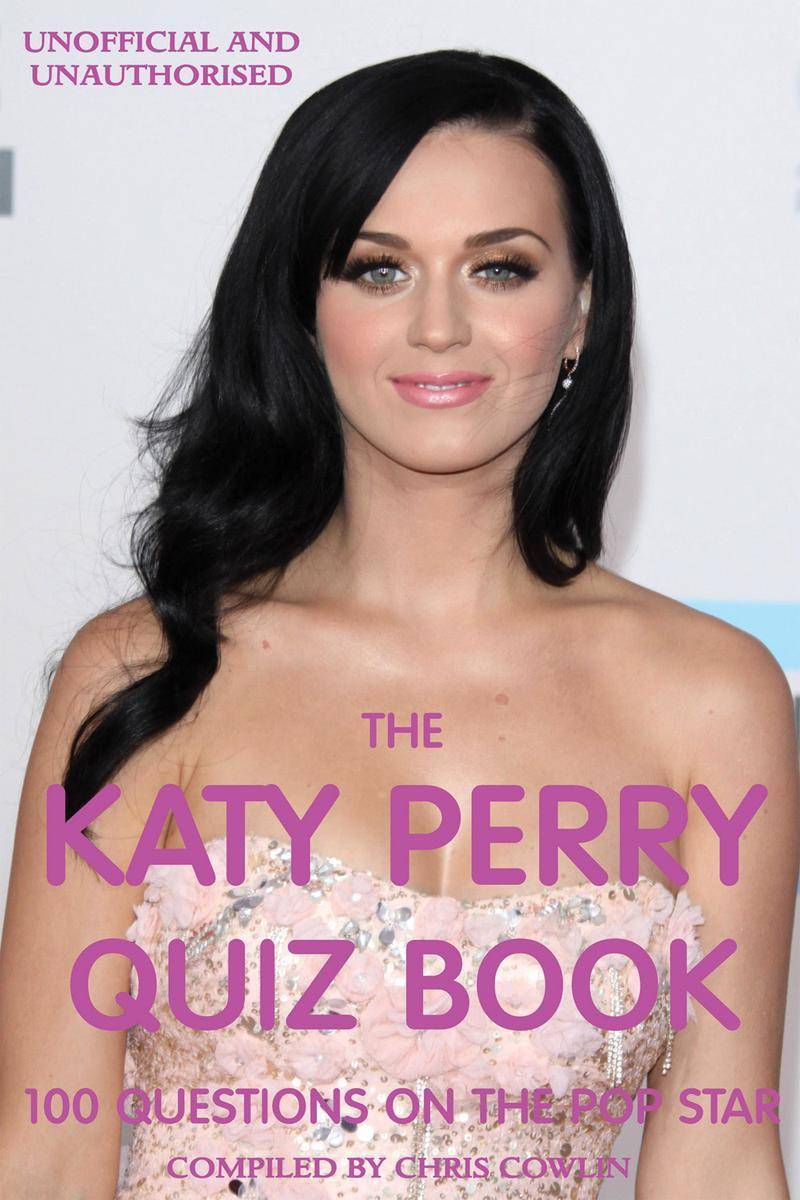
Katy Perry Quiz Book
¥24.43
Are you Katy Perry's number one fan? Have you followed her incredible journey from teenage songster to global megastar? Do you know everything there is to know about the singer-songwriter from the influences behind her music and the origins of her unconventional dress style to the name of her famous husband? If so, this quiz book is just what you need to test your knowledge. The 100 thought provoking questions in this quiz book are sure to uncover some new fact about the charismatic pop star. Packed with information about all aspects of Katy's life from her greatest hits, awards and nominations, tours and TV appearances as well as many personal details, The Katy Perry Quiz Book is guaranteed to get you thinking. This fitting tribute to the hugely successful chart topping artist is a fun and entertaining way to find out more about your favourite celebrity. If you are a fan of the one and only Katy Perry, this is the must-have book for you.




 购物车
购物车 个人中心
个人中心



